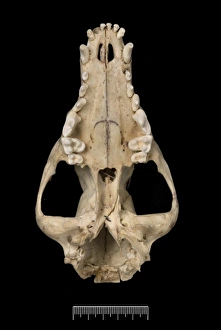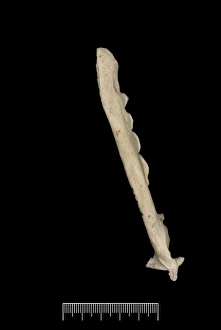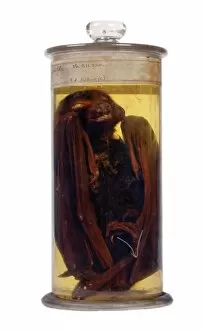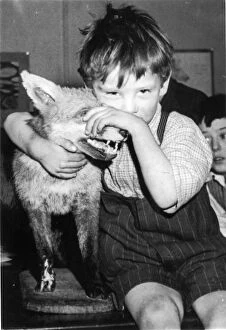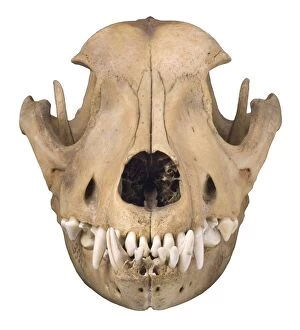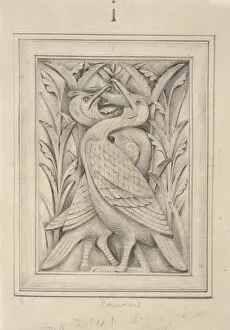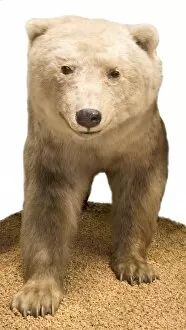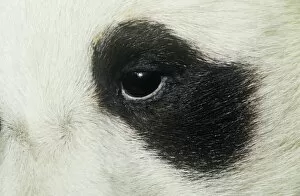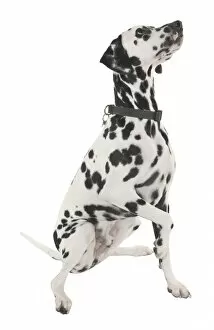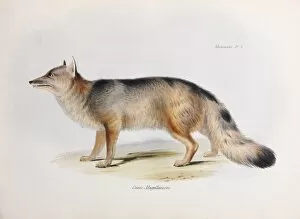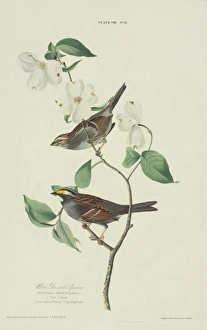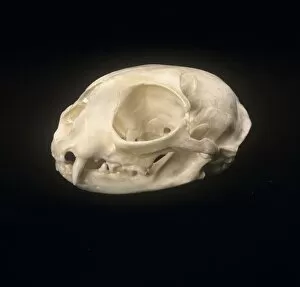Caniformia Collection (page 9)
Caniformia, a diverse group of mammals that includes dogs, wolves, weasels, and even extinct species like the thylacine
All Professionally Made to Order for Quick Shipping
Caniformia, a diverse group of mammals that includes dogs, wolves, weasels, and even extinct species like the thylacine. This fascinating order has captured the attention of scientists and animal lovers alike throughout history. One notable figure who contributed to our understanding was Mary Anning (1799-1847). Known for her fossil discoveries along the English coast, she unearthed ancient remains that shed light on the evolution of these remarkable creatures. Heathland habitats provide an ideal environment for many caniforms to thrive. From Ballyregan Bob, a majestic greyhound known for its speed and grace, to stoats with their stunning winter fur found in Allgau, Bavaria - these animals have adapted to various landscapes across the globe. The thylacine or Tasmanian tiger is another intriguing member of Caniformia. Sadly extinct now due to human activities, this unique marsupial had dog-like features but carried its young in a pouch. Mustela nivalis or least weasel showcases how small members can be just as captivating. With their sleek bodies and incredible hunting skills they can true marvels of nature. The influence of caniforms extends beyond biology into art and culture. The Greyhound design has inspired countless artists throughout history; Edward Donovan's depiction of "The Wolf" captures both power and elegance in one image. Even lesser-known species like the yellow-throated marten leave an impression through artwork such as C016 / 5897. These elusive creatures add beauty and mystery to our natural world. Domesticated breeds like Kita the Norwegian elkhound remind us of our close relationship with caniforms. Their loyalty and companionship make them cherished members of many households worldwide. Lastly, let's not forget about Mick the Miller - a legendary greyhound celebrated for his racing prowess. His achievements showcase both athleticism and determination within the caniform family.

